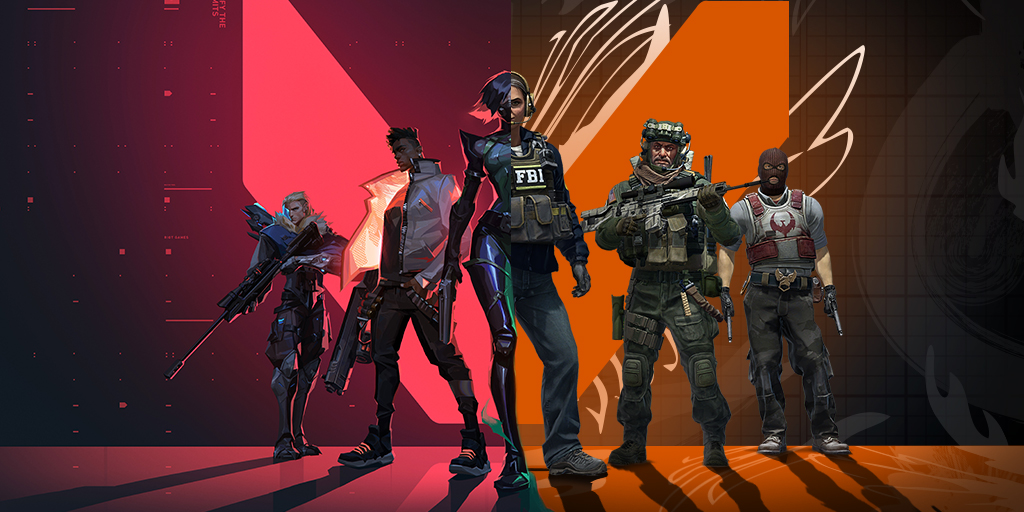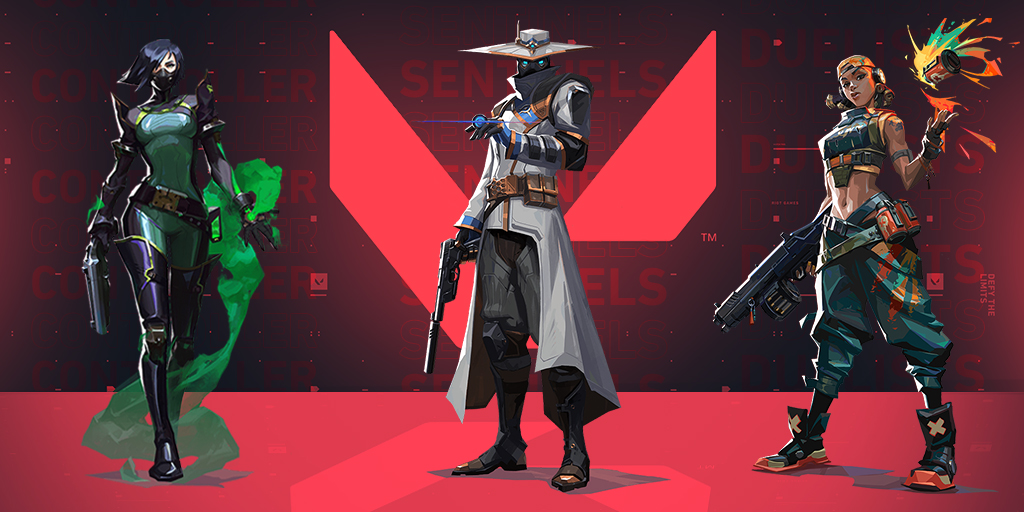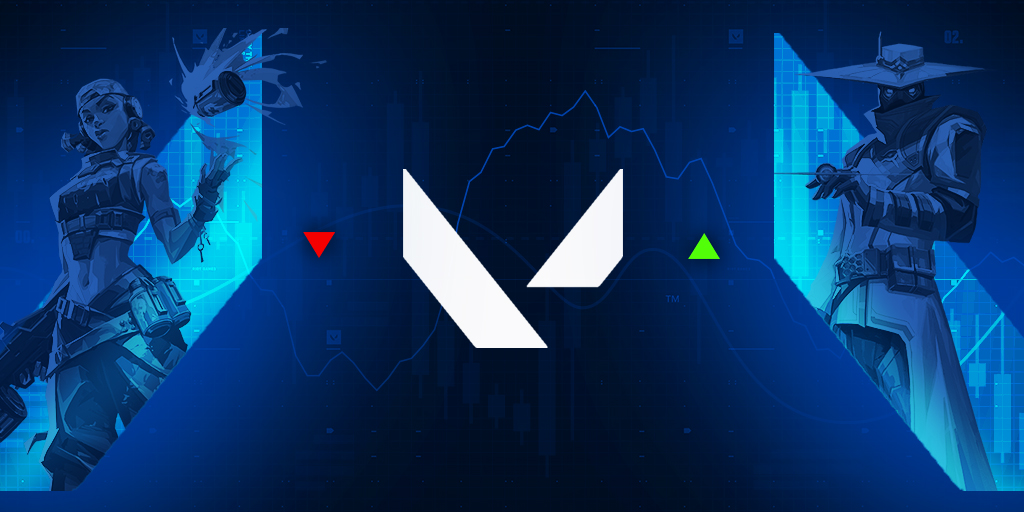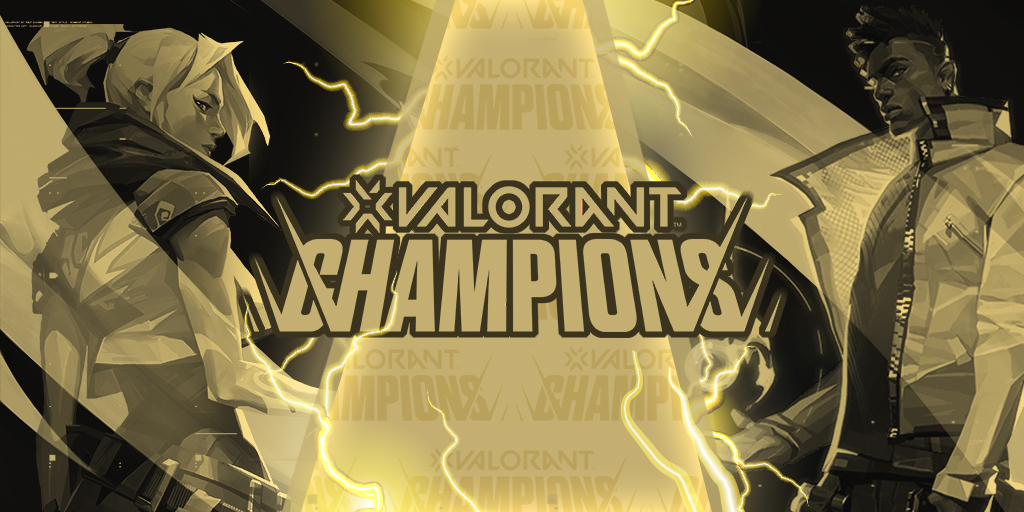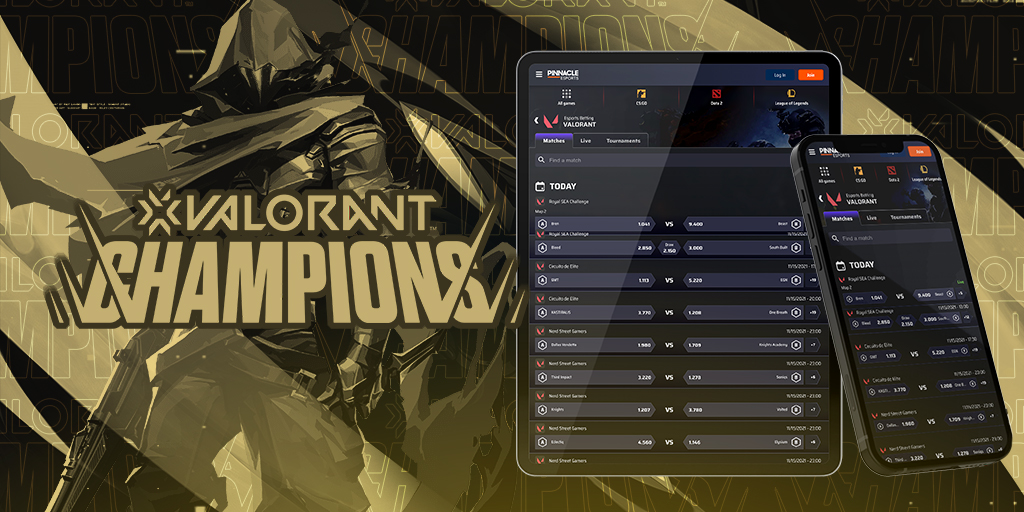VALORANT has burst onto the esports scene and is gaining momentum with the potential to become a top title. With so many questions about similarities and differences between VALORANT and CS:GO, we enlisted a former professional CS:GO player to run through an in-depth analysis of VALORANT vs. CS:GO.
The hype around VALORANT, Riot Games’ new tactical first-person shooter, has reached impressive levels in recent times. I was very fortunate to be given the possibility to play during the Alpha online boot camp and ever since the closed Beta was launched, I have been discovering this new game a little more each day (I’ve now managed to play roughly 100 hours).
In my humble opinion the meta of VALORANT shares about ninety percent of its DNA with CS:GO at the moment
For those of you that don’t know me, I am a former Counter-Strike: Global Offensive professional player. I played CS for about twenty years, and did so for a living between 2012 and 2018. As such, one of the most asked questions that comes my way is the comparison between VALORANT and CS:GO.
Doing so I will begin with the strictly identical concepts shared by the two games, such as the core attacker-vs-defender five vs. five approach. I will then talk about the games’ common grounds, looking at the nuances and finer details. This article will ultimately show how VALORANT and CS:GO seem to be different branches of a same tree, the core being quite similar, but certain elements resulting in fundamental differences.
Similarities between VALORANT and CS:GO
The easiest way to explain VALORANT to a complete neophyte in video games is that it is a team-based game in which five attackers have the goal to plant a spike and/or eliminate their opponents to win the round. The five defenders have to prevent the spike from being planted and/or eliminate their opponents.
Now replace the word “spike” with the word “bomb” and this definition will apply 1-to-1 to CS:GO. The fundamental basics of both games are absolutely identical. This means that in order to win, most of the principles that have been fine-tuned over time in CS:GO also work in VALORANT. Information gathering is the name of the game.
- Read: What is VALORANT?
The attackers have to identify where the defenders are placed on the bombsites, avoid the stacks, control any sort of early aggression and punish it. The defenders have to identify which bombsite will be under attack as quickly as possible in order to have the sufficient amount of bodies to defend efficiently.
Neat executes, fakes, lurks and contact plays are quite regular when I play against strong lobbies. In my humble opinion the meta of VALORANT shares about ninety percent of its DNA with CS:GO at the moment.
This might be a consequence of CS:GO players being a bit more comfortable from the get-go and then often taking the lion’s share of the in-game leading role on the fly, thus shaping the games in a familiar way. We’ll have to see how competitive top level evolves over time.
VALORANT and CS:GO differences
Some of the elements shared by both games show small but significant differences, namely the guns, the maps, the movements and the economy. These are in the grey area. To begin with the weaponry, it is rather impossible not to create pairs between VALORANT and CS:GO.
The Operator is like the AWP while the Vandal looks to be to the AK-47, the Phantom is the M4’s equivalent and the Sheriff is the Desert Eagle, you get the idea. There seems to be a general common spray pattern for each weapon just like it is in CS:GO. The games take different paths when VALORANT introduces an element of randomness in the spray starting from the sixth or seventh bullet that makes all-in engagements sometimes hard to control.
Each map has a singular element that defines its identity, separates it from CS:GO and poses a unique dilemma although its structure follows the usual known pattern
The existence of a Fire (left-click) versus Alternate Fire (right-click) with a different rate of fire, sometimes even damage, is quite unusual for CS:GO players. I would also add that the reset time, the length of time you need to wait between shots to remain accurate, seems to be longer in VALORANT.
About the maps I will simply say that each one has a singular element that defines its identity, separates it from CS:GO and poses a unique dilemma although its structure follows the usual known pattern.
Bind has two unidirectional teleports, Split has ropes on which one can fire accurately and Haven has three bombsites. All of these fundamental characteristics are completely new to me and have forced me to find new ways to think about maps, rotations, setups, executes and so on.
The movements overall remain very close to those in Counter-Strike, but one massive talking point is the greater differential between the movement while holding the knife vs. weapons. You’ll feel slower with your weapons drawn but almost floating with your knife, a much faster movement speed than in CS:GO. Walking with the knife in one’s hand yields greater risks but can have a huge impact in terms of the distance you can cover quickly and this is quite unique to VALORANT.
Finally, the economy revolves around a system of win and loss bonuses. You will be forced to play “eco rounds” just like in CS:GO and you’ll have to make choices in your weaponry. The unique difference is that, at the beginning of the round, you can clearly see your opponents’ financial situation while holding TAB. Guessing the economy cycle and correctly evaluating it during a game of CS:GO is one of the key aspects of the game, and it quite simply doesn’t exist in VALORANT.
Instead, you have to accurately predict the weaponry you will face based on the information available. All of these elements, guns, maps, movements and money system, share their core identity and mechanics in both games but each of them has a twist to it that you’ll have to master when discovering VALORANT.
Other notable differences between VALORANT and CS:GO
To nobody’s surprise, the absolute separation between both games is the existence of ten Agents. These are specific characters, with a unique kit of three abilities and one ultimate ability. To the strict purist Counter-Strike player, this is the symbolical equivalent of waking up on Mars and discovering a new planet. Walls of fire, poison or ice, earthquakes, resurrections and other trap wires have a key tactical impact on the gameplay.
If one wants to become a complete player in VALORANT, there is no way around learning each of these agents and their complete kits, their cooldown, their range, effects and potential synergy.
- Read: Brief history of esports
As far as I am concerned, these abilities are “utilities and resources” that one has to track, locate and predict in order to win. They add a new layer of strategy. Personally, I have lost rounds that I thought my team had under complete control because I had omitted to take these abilities into account. They can absolutely turn clutches around in an instant. This is without a doubt the area where CS:GO players will have the most to learn.
VALORANT vs CS:GO: Final thoughts
In the end, I have been asked countless times if VALORANT will replace CS:GO. My humble opinion is that it won’t, not only because Counter-Strike has one of the most loyal community ever and has literally touched multiple generations to this day, but because these are two very different games and can, and will, appeal to different people and tastes.
Although clearly sharing core and structural aspects, the two games are different in the finer details and will coexist in the future. Both communities, even if there will be a clear overlap in terms of viewers, players and other broadcast talents, might even benefit from the competition that the other title will bring to the table. After all, CS:GO fans all waited for the Krieg nerf long enough.

